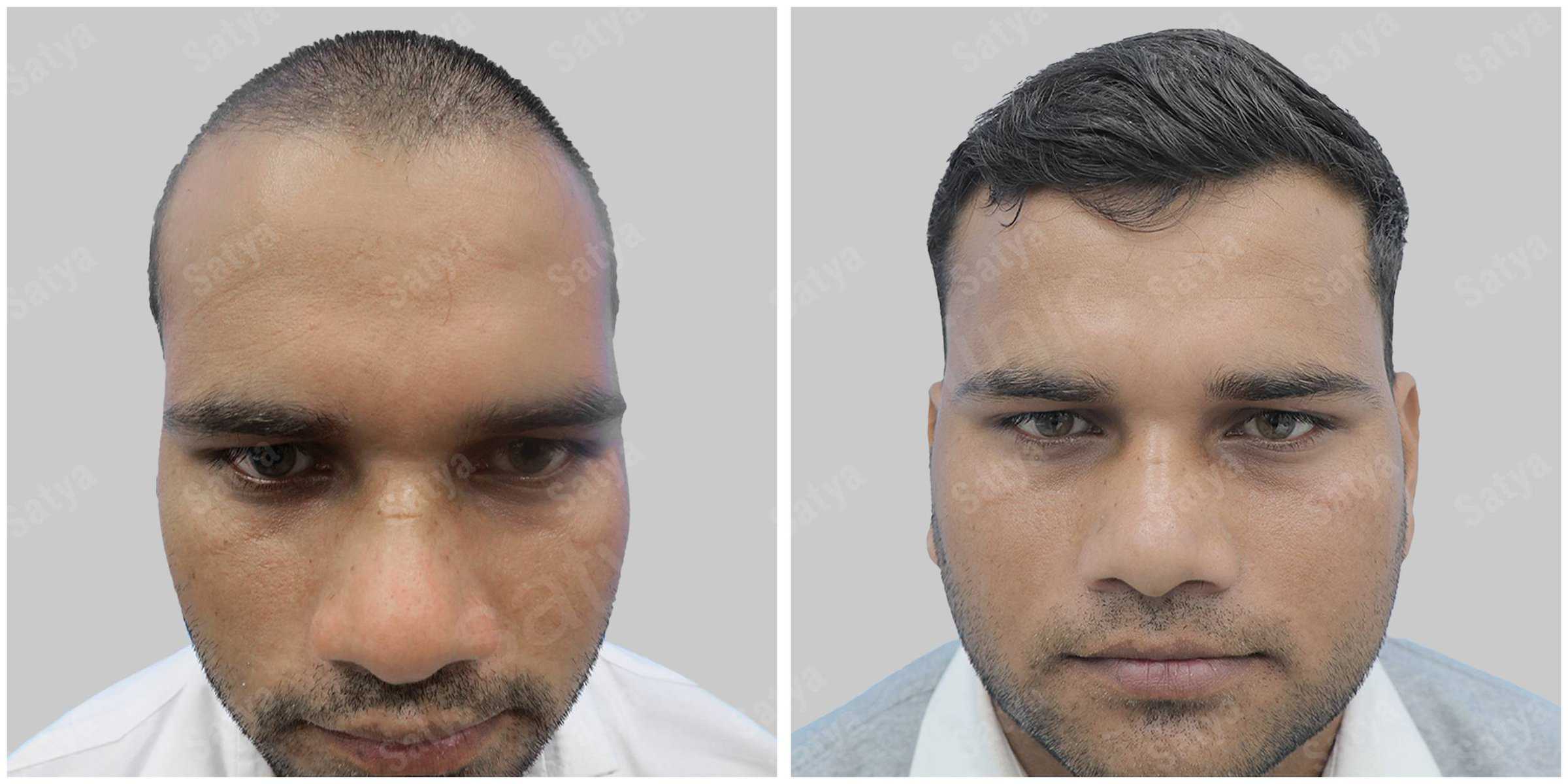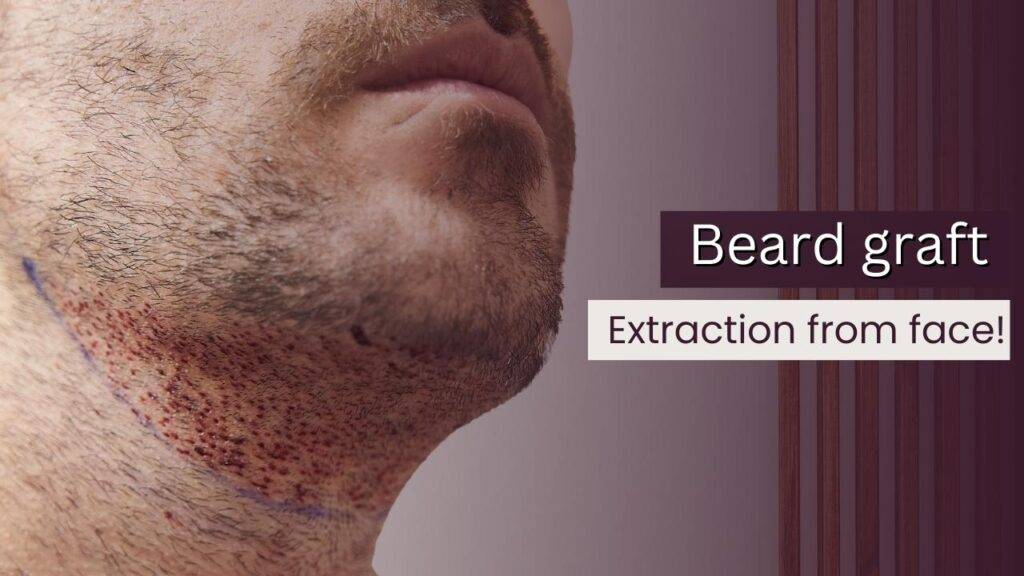How A Second Repeat FUE Can Damage Your Hair?
You may have heard a series of seemingly convincing claims about FUE hair transplant (Follicular Unit Extraction):

FUE is a scarless surgery!
FUE does not affect the donor density!
I can keep my hair very short after FUE!
FUE hair transplant is the best and can be repeated during the second transplant!
But let’s break the silence and dive deep into the reality behind these statements. This blog aims to shed light on the hidden truths that could be crucial for your hair transplant decisions.
Understanding FUE: The Basics
First and foremost, it’s essential to establish a solid foundation by understanding what FUE truly entails. Follicular Unit Extraction is a hair transplant technique that involves the extraction of follicular units from the donor area and their meticulous transplantation to the bald regions of your scalp.

It’s revered for its speed, precision, and minimal graft transaction rate, making it a popular choice for both clinics and patients. FUE offers the advantage of minimal downtime, with the crusts typically falling off within a week, leaving no noticeable signs of the donor site.
Furthermore, FUE grants you the flexibility to opt for multi-grafts, a feature appreciated by many in the field. However, like any medical procedure, it has its fair share of disadvantages and limitations, which often remain concealed.
FUE Scars You Don't See


One of the most common misconceptions is that FUE leaves no scars, making it a safe choice for repeat procedures using the same donor area. This belief is rooted in the assumption that you can maintain very short hair without concerns about scarring.
However, the reality is that graft extraction through FUE does leave behind small scars in the donor region. Even during the initial FUE surgery, the donor area’s density can be affected, ranging from mild to severe, depending on the number of grafts extracted.
Moreover, the extraction sites from FUE heal with scarring, altering the angle of nearby hair due to traction. While the exit angle remains the same, the angle of hair beneath the skin may shift due to the surrounding scar tissue generated by previous FUE sessions
Watch this animation video to learn about selection of FUE technique for second Hair Transplant.
Word of Advice: As FUE is a blind procedure, combined with the alteration in angles, the likelihood of graft damage increases significantly during subsequent FUE procedures.
The Consequences of a Second Repeat FUE
Engaging in a second FUE transplant from the same donor area carries grave repercussions both in terms of density and cosmetic appearance. The donor region is at risk of being depleted, making it a poor choice for future transplants. Furthermore, the achievable number of viable grafts drops due to heightened transaction rates.
The reason why this vital truth is often concealed is that many clinics and physicians solely specialize in FUE surgery, lacking expertise in Follicular Unit Transplantation (FUT) hair transplant. Commercialization and limited specialization compel them to market FUE even during repeat transplant scenarios.

A Tailored Approach for Every Case
Every hair transplant case is unique, and as such, the strategy should be tailored to fit individual needs. In cases of advanced baldness, we typically recommend a combination of FUT and FUE for the best results.
Opting for a second FUE procedure from the same donor area can lead to the complete depletion of this precious resource. The decision between FUT and FUE depends on various factors, including the quantity and quality of donor hair, the likelihood of future thinning, the response to medications, and other variables.

If you happen to choose a clinic that insists on an FUE hair transplant in Delhi, even for high degrees of baldness, your donor area may face irreversible consequences.
Balanced hair transplant is the most customized and detailed approach in the hair transplant industry which meets all these needs

Book an appointment
Consultation

Repair

Blog

Galleries

FAQs
A Follicular Unit Extraction (FUE) hair transplant can involve some level of discomfort or pain, but it is generally considered to be a relatively tolerable procedure. The pain experienced during an FUE hair transplant can vary from person to person and depends on several factors, including individual pain tolerance, the skill of the surgeon, and the use of local anesthesia.
Follicular Unit Extraction (FUE) hair transplant is generally considered safe when performed by a qualified and experienced surgeon in a reputable medical facility. However, as with any medical procedure.








